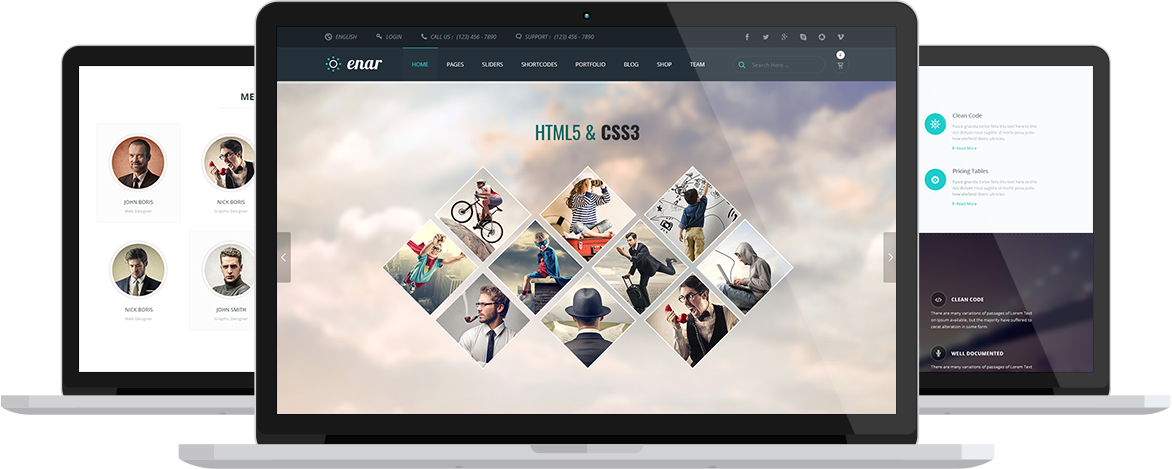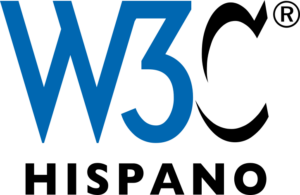Defining the future of the Web
Since 2003 CTIC has hosted the Spanish Office of the W3C (World Wide Web Consortium), whose main mission is to promote the adoption of W3C recommendations among developers, application creators and the Web community in general, promoting in turn the inclusion of organizations that are committed to the creation of future recommendations by joining the W3C.

Participation in Working Groups
CTIC has 7 researchers participating in the following international working groups of the W3C Consortium
-
Immersive Web Working Group
-
Immersive Web Community Group
-
Web of Things Working Group
-
Web of Things Interest Group
-
Machine Learning for the Web Community Group
-
Open Data Spain Community Group
-
Blockchain Community Group
-
Credentials Community Group
-
Web History Community Group
-
CoVid- Remote Meet, Work, Class Community Group
-
Web fights covid Community Group
Making a web for everyone
Since the origin of this Web Accessibility Initiative (WAI) of the W3C, CTIC has been an active part of the different groups that make it up , from those dedicated to defining basic development guidelines, to high-level groups where the requirements and implications of W3C work for society are analyzed. An example of this is the Web Accessibility Initiative Interest Group, whose mission is to analyze problems of accessibility to content on the Web and seek solutions. This group works jointly with several Working Groups on accessibility, who provide lower-level technical forums to review and debate the high-level topics presented by the interest group.
Web Accessibility seeks to ensure that all people, regardless of their degree of functional diversity or disability, can can access the contents of the Web, promoting the creation of an egalitarian society.

A Semantic Web
For more than a decade, the W3C Semantic Web Interest Group has been studying the application of semantic technologies and their incorporation into the Web, in the context of the social, legal and technological problems surrounding selection, filtering, labeling, signing, quality assurance, etc.
The Semantic Web is a type of technology that, through the incorporation metadata makes Web content understandable for machines, a necessary basis to advance in advanced data processing and that allows greater efficiency and effectiveness of artificial intelligence algorithms.

Shaping data
CTIC researchers have developed the first standards to evaluate and validate the quality of semantic data represented on the Web. Currently, the Shape Expressions Community Group promotes and expands the validation language ShEx which uses a syntactic representation to describe the shape of an RDF graph. The ShEx language is used to communicate data structures associated with some process or interface, to generate or validate data, or to manage user interfaces.

Improving Electronic Commerce
CTIC promotes and works in the Interest Group on Web Commerce at the W3C. The mission of this newly created group is to improve electronic commerce on the Web for users, merchants, and other industry members by encouraging discussion within W3C and with other organizations on how to make improvements to address the needs of markets, public administrations and the community in general.
The aim is to identify all the requirements related to Web Commerce and the opportunities for standardization by the W3C.

Immersive Web
CTIC experts in computer vision, virtual reality and augmented reality have promoted the Immersive Web Community Group, whose goal is to create specifications that bring high-performance Virtual Reality and Augmented Reality to the Web platform, thus correcting the current situation, in which it focuses on specific systems that do not allow interaction between them. This will allow access to a greater number of developers, which would increase its use and applications, since the Web is present on any device today.
Virtual Reality allows us to interact with virtually created spaces, while Augmented Reality mixes real spaces with virtual ones, improving our interaction with the former.

Voice and vote in the Advisory Committee
CTIC, like the rest of the W3C Member organizations, has representation within the Advisory Committee (AC). This committee is made up of the official representatives of each of the Members of the W3C Organization (https://www.w3.org /Consortium/Member/List), and is the one who makes the main technical decisions within the organization (creation of new activities, management of standards in their most formal process, review of accounts, etc.). Through regular meetings, this committee defines the organization's future plans, and reviews formal proposals from Director, Tim Berners-Lee.
Another of the powers of this committee is the election of the Advisory Board (https://www.w3.org/2002 /ab/), made up of nine members, who provide help and guidance regarding strategic definition, administration, legal issues, internal processes and conflict resolution.
Copyright © 2021 Fundación CTIC



